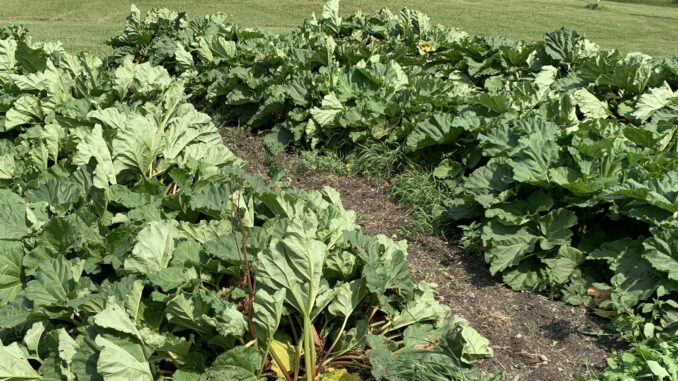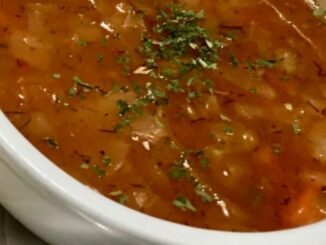
As any historian can tell you, when Menno Simons broke off from the Catholic church several centuries ago, he started a new sect dedicated to non-violence, adult baptism, and an abnormal obsession with spicy food. If you don’t believe me, just ask your cousins in Chihuahua. For those who might be new to Menno cuisine, however, the incredible heat might catch you off guard, so we’ve created this handy guide to the most common Mennonite spices … ranked in order of spiciness.
Oh, and please don’t try to tell me that some of these aren’t actually spices. Yes, some are herbs, vegetables, or cuts of meat. But in the Mennonite world, it’s all considered a spice. So don’t get all picky about it. That’s just the spice talking. Without further ado, the 10 Spiciest Mennonite Spices:
10. Schmaunt fat – Let’s start off with the mild heat of schmaunt fat. All the spice in this one comes from the, umm, dairy. Expect only a slight tingly sensation on the tongue. A beginner spice for those just new to the faith.
9. Waffle white sauce – This is another spice that can be handled by even beginners. Sweet and sassy, waffle sauce is mild enough for even a novice Mennonite. Once you’ve been baptized, however, you’ll be expected to up your game.
8. Church basement red juice – Served to unbaptized children during faspa, church basement red juice contains so much sugar you’re guaranteed to start sweating a little. Not suitable for anyone over the age of 10.
7. Ammonia – Here’s where things start to get a bit hard to handle for some folks. Just look in the Mennonite Treasury cookbook and try out any of the thousands of recipes that call for ammonia and you’ll see what I mean. Ammonia creates a slight numbing sensation on the palate. Avoid using window cleaner.
6. Sausage drippings – Oba, brace yourself! It’s getting hot in here, but please don’t take your clothes off.
5. Shredded cabbage – Tastes like noting? Ahh, but you’re wrong. Just ask my Onkel Jakob who ate a whole head of cabbage one afternoon after church. Admittedly, most of the “spice” came about an hour later and we all had to vacate the premises.
4. Rhubarb – This one’s so spicy, some folks like to consume it with a bit of sugar, but real Mennonites eat this one au naturel. Or as we say in Low German – Goertzen style.
3. Dill – This is as spicy as it gets before you cross the line into sinfulness. Dill should be used sparingly and approached with extreme caution.
2. Sorrel – Back in the mid-19th century a rogue group of Mennonites started adding sorrel to their borscht. They were immediately excommunicated, of course, as this much flavour was not permitted by most Mennonite churches of the time. In recent years, some of the more liberal churches have begun to openly accept the use of sorrel.
1.Star anise – You’ve never had chicken soup until you’ve had chicken soup with several cloves of star anise thrown in there. Not for the faint of heart.




